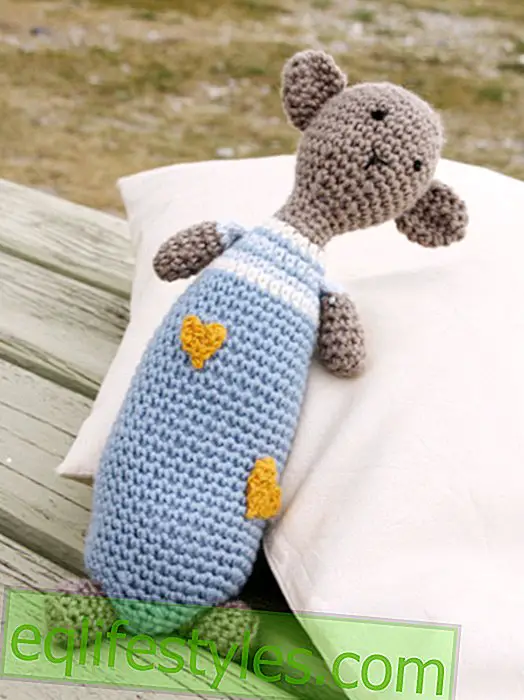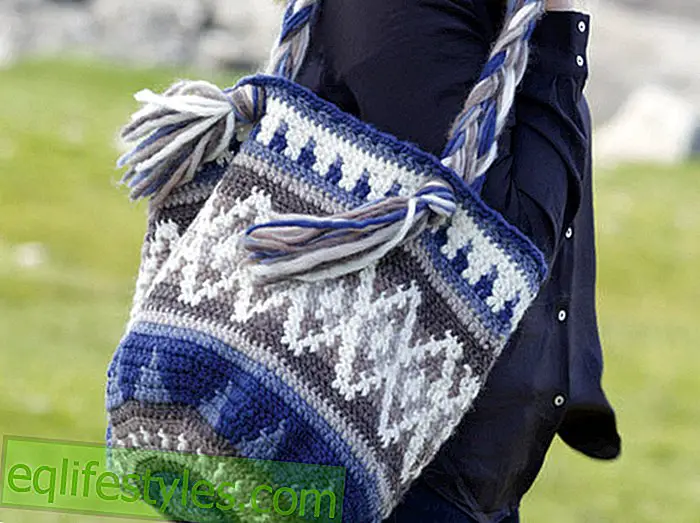
Photo: © Dan Race - Fotolia.com
- therapy
- Therapy with cortisone: This is how it works
- Side effects of cortisone
- Other building blocks of osteoarthritis therapy
therapy
Patients suffering from acute arthrosis are usually treated with cortisone . However, injection into the painful joint is only one component of osteoarthritis therapy and should not be done too often due to side effects.
Therapy with cortisone: This is how it works
Osteoarthritis is often associated with painful joint inflammation, in which the affected joint swells. In this case, the attending physician pulls the fluid out of the painful body part and then injects cortisone with a syringe. This not only acts anti-inflammatory, but also stops the fluid production of the local mucous membranes. The treatment must be performed up to three times every six weeks, the swelling goes back piece by piece. Osteoarthritis therapy with the help of cortisone has the advantage that the substance only works in the discomfort causing joint. Cortisone in tablet form, on the other hand, burdens the entire organism.
Side effects of cortisone
A cortisone injection should only be used for acute joint problems. If this therapy block is used too often, serious side effects can occur. This may include, among other things, an increase in weight, as cortisone in large amounts or high doses flood the body. Frequently used cortisone in osteoarthritis can also lead to muscle loss, thinner and reddened skin and damage to the articular cartilage. Also unhealthy levels of blood sugar, blood fat and blood pressure can occur and the hormone balance of the body can be messed up.
Other building blocks of osteoarthritis therapy
Due to the possible side effects of permanent treatment with cortisone, the arthritis therapy is complemented by other building blocks. These include physiotherapy and physiotherapy to improve the mobility of the affected joint and alleviate discomfort. Also, heat treatments, cold treatments and acupuncture can help with osteoarthritis. Only when all therapy options have no effect should the worn joint be operated on.









